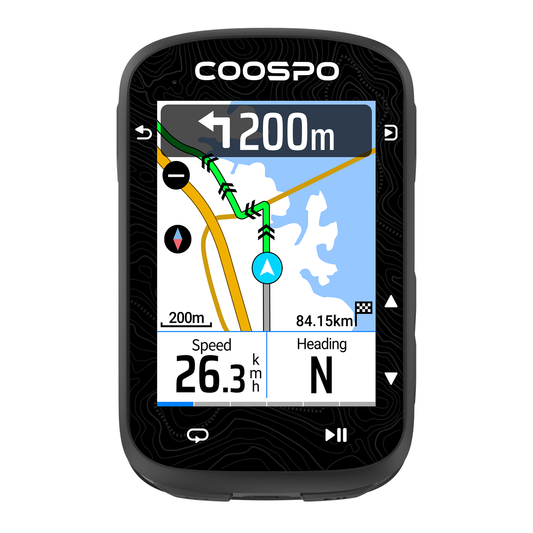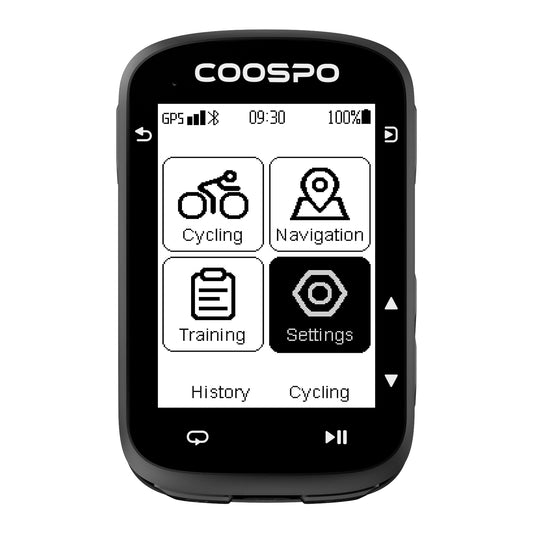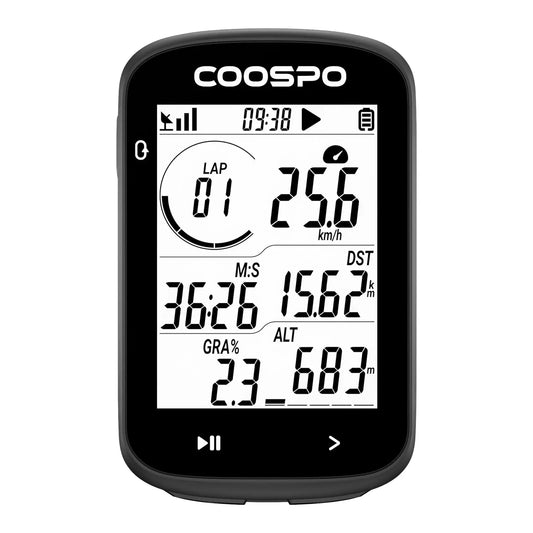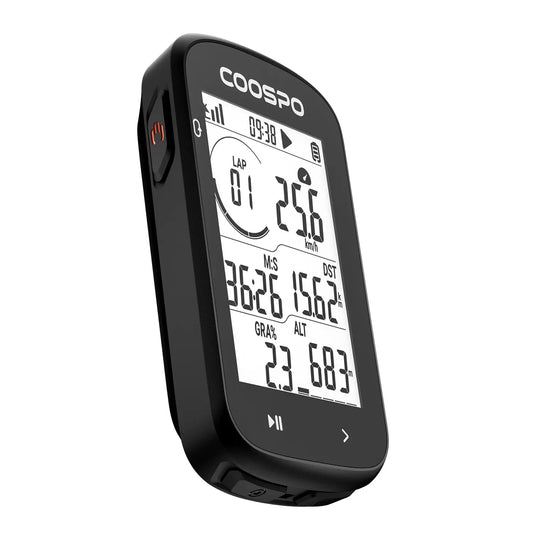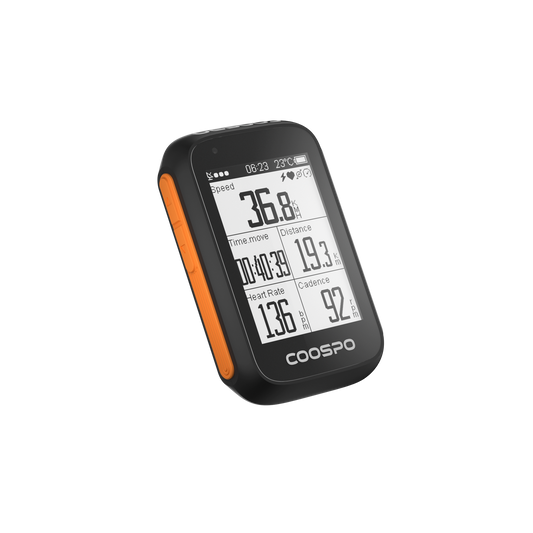So wärmen Sie sich vor dem richtigen Laufen auf
Ob du ein erfahrener Läufer bist oder gerade erst mit dem Laufen beginnst, wahrscheinlich hast du schon einmal mit Verletzungen oder Schmerzen zu kämpfen gehabt. Viele Läufer kennen die Folgen von Übertraining nur zu gut. Laufen ist zwar gut für die Gesundheit, kann aber auch Knie, Hüften, Füße und andere Körperteile stark belasten.

Verletzungen sind unter Läufern leider sehr häufig. Tatsächlich geben etwa 85 % der Läufer an, in der Vergangenheit bereits Verletzungen erlitten zu haben.
Als eine der zugänglichsten Sportarten erfreut sich Laufen immer größerer Beliebtheit und begeistert viele Läufer, die voller Elan ihre Laufschuhe schnüren und die Straßen und Wege unsicher machen. Doch wenn Läufer es versäumen, sich ausreichend aufzuwärmen und ihren Körper auf diese anregende Aktivität vorzubereiten, kann das, was oft ein Vergnügen ist, schnell zu einer Quelle von Gefahr und Beschwerden werden.
Wenn du wissen möchtest, wie du gesund bleibst und das Verletzungsrisiko beim Laufen reduzierst, lies weiter. Hier findest du eine Anleitung zu den besten Aufwärmübungen für dein Lauftraining.
In diesem Leitfaden erfahren Sie, warum Aufwärmen wichtig ist, wie man es richtig macht und wie man es an Ihr Lauftraining anpassen kann.
Warum ist ein Aufwärmprogramm vor dem Lauf so wichtig?
Verletzungen vorbeugen
Einer der Hauptvorteile des Aufwärmens ist die Vorbeugung von Verletzungen. Eine Studie aus dem Jahr 2021 im British Journal of Sports Medicine ergab, dass dynamisches Aufwärmen das Risiko von Muskelzerrungen und Gelenkverletzungen, insbesondere in der Oberschenkelmuskulatur und den Waden – häufige Problemzonen bei Läufern –, deutlich senken kann.
Kalte Muskeln sind angespannter und verletzungsanfälliger. Ein Aufwärmprogramm hilft, die Muskeln durch die verbesserte Durchblutung aufzuwärmen, sie flexibler zu machen und sie so optimal auf die Belastung vorzubereiten. Das ist besonders wichtig bei Kälte, da die Muskeln dann tendenziell steifer sind.
Erhöhung der Körpertemperatur und des Herzschlags
Ein langsames Aufwärmen erhöht Körpertemperatur und Herzfrequenz und bereitet Herz und Blutgefäße auf die Belastung vor. Laut dem American Council on Exercise verbessert dies die Sauerstoffverwertung des Körpers zu Beginn des Laufs. Dadurch atmen Sie leichter und haben einen angenehmeren Start.

Um Ihre Herzfrequenz während des Aufwärmens und des gesamten Laufs genau zu erfassen, verwenden Sie ein zuverlässiges Gerät wie das Coospo Herzfrequenzmesser Das kann einen großen Unterschied machen. Die Monitore von Coospo liefern Herzfrequenzdaten in Echtzeit und helfen Ihnen so, im optimalen Trainingsbereich zu bleiben und Überanstrengung zu vermeiden.
Es bereitet außerdem Ihr neuromuskuläres System vor – Ihr Gehirn sendet schnellere und klarere Signale an Ihre Muskeln. Das optimiert Ihren Laufstil und trägt zur Festigung guter Bewegungsgewohnheiten bei.
Verbesserte Leistung
Ein gutes Aufwärmprogramm beugt nicht nur Verletzungen vor, sondern kann auch die Leistung verbessern. Eine Studie im „Journal of Strength and Conditioning Research“ ergab, dass Läufer, die dynamische Aufwärmübungen absolvierten, in Sprinttests besser abschnitten und schneller reagierten als diejenigen, die sich nicht aufwärmten.
Auch wenn du nicht schnell läufst, kann dir ein gutes Aufwärmen helfen, besser zu laufen, dich entspannter zu fühlen und schneller deinen Rhythmus zu finden.
Wie man sich vor einem Lauf aufwärmt
Ein gutes Aufwärmprogramm ist zielgerichtet, schrittweise und dynamischEs dauert in der Regel 10–15 Minuten und besteht aus mehreren Komponenten, darunter leichtes Ausdauertraining, dynamisches Dehnen und Muskelaktivierung. Schauen wir uns das genauer an.
Dynamisches Dehnen vor dem Lauf
Vergiss statisches Dehnen, wie z. B. das Berühren der Zehenspitzen; das machst du am besten nach dem Laufen. Dynamisches Dehnen bedeutet, deinen Körper zu bewegen, um dich aufzuwärmen und deine Muskeln zu dehnen. Das bereitet deine Gelenke und dein Gewebe auf die Bewegungen beim Laufen vor.

Einige großartige dynamische Dehnübungen für Läufer sind:
Beinschwünge (vorwärts und rückwärts sowie seitwärts): Aktiviert Hüftbeuger, Oberschenkelmuskulatur und Gesäßmuskulatur.
Ausfallschritte mit Drehung: Trainiert Oberschenkel, Gesäß und Rumpfmuskulatur.
Hohe Knie und Gesäßkicks: Fördern die Durchblutung und die Hüftbeweglichkeit
Spielzeugsoldaten (Tritte mit gestrecktem Bein): Dehnt die Oberschenkelrückseite dynamisch.
Hüftöffner (Kniekreisen): Mobilisiert das Hüftgelenk
Führe jede Bewegung 30–60 Sekunden lang oder etwa 10–15 Mal pro Bein aus. Diese Übungen ahmen die Laufbewegung nach und bereiten deinen Körper effektiver vor als passive Dehnübungen.
Schaumstoffrolle
Viele Läufer denken bei der Anwendung von Schaumstoffrollen an etwas, das man nach dem Laufen macht. Schaumstoffrollen sind zwar hervorragend zur Regeneration geeignet, können aber auch ein hilfreiches Aufwärminstrument sein!

Fünf bis zehn Minuten Faszienrollen vor dem Laufen fördern die Durchblutung und lockern verspannte Muskeln. Dieses Aufwärmen reduziert das Verletzungsrisiko und kann sogar deine Laufleistung verbessern, sodass du ein besserer und effizienterer Läufer wirst.
Leichte aerobe Aktivität
Vor dem Dehnen oder der Anwendung von Faszienrollen sollten Sie 5–10 Minuten leichte Ausdauerübungen machen. Dies hilft, die Herzfrequenz zu erhöhen und die Durchblutung zu verbessern.
Versuchen:
Schnelles Gehen
Leichtes Joggen
Seilspringen
Einfaches Radfahren auf einem stationären Fahrrad (in Innenräumen)
Betrachte dies als die „Einlaufphase“ zu deinem Lauf. Du sagst deinem Körper: „Hey, mach dich bereit – wir legen gleich los.“
Wenn Sie ein anstrengenderes Training absolvieren möchten – wie Bergsprints oder Intervalltraining – können Sie Ihr aerobes Aufwärmen mit ein paar kurzen Sprints (20–30 Meter lange Beschleunigungen bei 70–90 % Anstrengung) abschließen, um die schnell zuckenden Muskelfasern zu aktivieren.
Weitere Aufwärmtipps
Berücksichtigen Sie die Art des Laufs
Nicht alle Läufe sind gleich. Ein langer, lockerer Erholungslauf benötigt möglicherweise nur 5–10 Minuten Aufwärmen. Bei einem Tempolauf oder Intervalltraining sollte das Aufwärmen jedoch länger und gezielter sein.
Zum Beispiel:
Langer Lauf: Lockeres Joggen + leichtes dynamisches Dehnen
Tempotraining: Joggen + Laufübungen + dynamisches Aufwärmen + Steigerungsläufe
Renntag: Vollständiges Aufwärmen mit steigender Intensität und mentaler Vorbereitung
Hören Sie auf Ihren Körper
Wenn sich etwas beim Aufwärmen verspannt oder träge anfühlt, achte genauer darauf. Das Aufwärmen dient auch dazu, in deinen Körper hineinzuhören – wenn du dich nicht wohl fühlst, ist es vielleicht besser, deinen Lauf anzupassen oder zu verschieben.
Dr. Kelly Starrett, Physiotherapeutin und Autorin von „Becoming a Supple Leopard“, rät:
„Nutze dein Aufwärmprogramm, um dich selbst zu testen. Wenn sich etwas beim Aufwärmen nicht richtig anfühlt, wird es sich unter Belastung auch nicht besser anfühlen.“
Kombinieren Sie Ihr Aufwärmprogramm mit einem Abkühl- und Erholungsprogramm.
Aufwärmen ist nur ein Teil eines gesunden Lauftrainings. Abkühlen nach dem Laufen hilft, Stoffwechselprodukte abzutransportieren und Muskelkater zu reduzieren. Kombinieren Sie Ihr Aufwärmen vor dem Lauf mit einem Training nach dem Lauf, das Folgendes beinhaltet:
Langsames Joggen oder Gehen (5–10 Minuten)
Statisches Dehnen
Flüssigkeitszufuhr
Ernährung
Regenerationsmaßnahmen wie Massage oder Kompression
Dieser ganzheitliche Ansatz unterstützt sowohl kurzfristige Erfolge als auch langfristigen Fortschritt.
Das richtige Lauf-Warm-up für dich finden
Jeder Körper ist anders. Was für den einen Läufer das ideale Aufwärmprogramm ist, funktioniert möglicherweise nicht für den anderen. Wichtig ist, zu experimentieren und Entwickle eine Routine, die dir Spaß macht und die du beibehalten kannst.
Fragen Sie sich:
- Welche Art von Läufen mache ich am häufigsten?
- Habe ich bestimmte verletzungsanfällige Bereiche?e.g.(verspannte Waden)?
- Wie viel Zeit habe ich vor jedem Lauf?
Fang klein an – sogar ein 5-minütiges Aufwärmen Besser als gar nichts. Sobald Sie die Vorteile spüren (weniger Steifheit, bessere Durchblutung, weniger Schmerzen), wird es zu einer Gewohnheit, die Sie nicht mehr missen möchten.
Beispielhaftes 10-minütiges Aufwärmprogramm vor dem Lauf
| Zeit | Aktivität |
|---|---|
| 2 Minuten | Leichtes Joggen oder zügiges Gehen |
| 1 Minute | Beinschwünge (30 Sekunden pro Bein) |
| 1 Minute | Ausfallschritte mit Drehung |
| 1 Minute | Hüftöffner |
| 1 Minute | Hohe Knie + Fersentritte |
| 2 Minuten | Schaumstoffrolle (Oberschenkel + Waden) |
| 2 Minuten | Optional: 2–3 Schritte mit 80 % Anstrengung |



